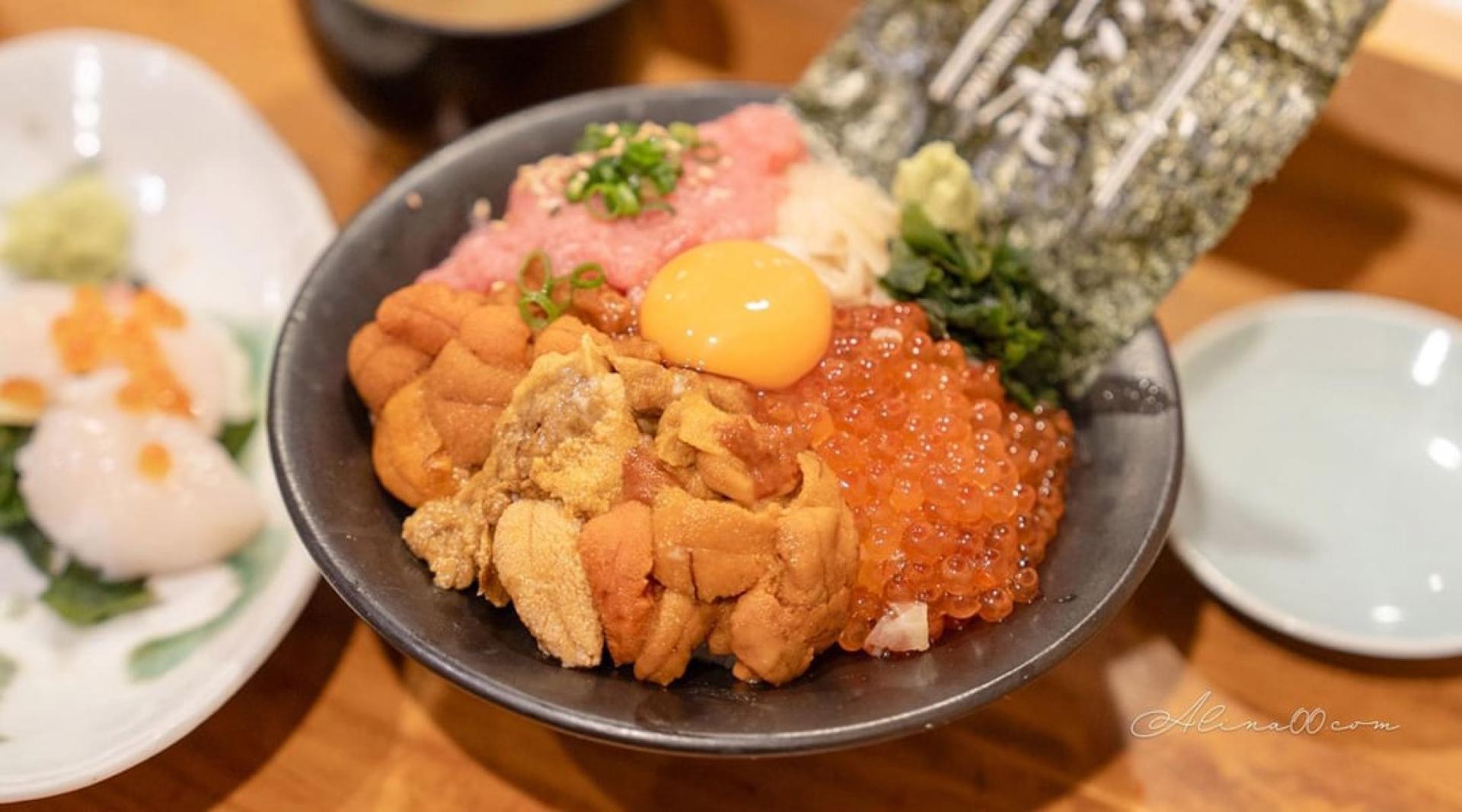As Japan faces its hottest summer on record, the number of sea urchins in the northern regions has plummeted, causing the price of this high-end delicacy to soar to new heights. In Hokkaido, the price of a bowl of sea urchin rice featuring 'bafun' sea urchins has risen to 18,000 yen (513 Malaysian ringgit), double that of a few years ago.
At restaurants on Rishiri Island in Hokkaido, a 100-gram bafun sea urchin rice bowl now sells for 15,000 to 18,000 yen. According to Sato Shokudo’s owner, whose restaurant has been open for over 50 years, customers are shocked by the prices. A group will usually order just one bowl of sea urchin rice to share, while everyone else orders ramen.
Bafun Sea Urchin Prices More Than Double
Yamaue Tatsuaki, Executive Director of the Rishiri Fisheries Cooperative, said this year’s local sea urchin harvest is half that of last year, and the downward trend in production has been clear in recent years. Prices have skyrocketed simply because there are too few catches. With 40 years of experience, he believes the main cause is rising ocean temperatures, which is concerning.
Yamaue Tatsuaki pointed out that the most sought-after bafun sea urchin now fetches a top wholesale price of 90,000 yen for 10 kilograms—a more than twofold rise from around 40,000 yen two years ago.
According to Moho Kabashima, Chief Researcher at Japan Fisheries Research and Education Agency, recent years have seen sea temperatures around Japan rise by around 5°C. This has meant the Tohoku region is no longer a main salmon-producing area, and the northward shift of warm currents has worsened the situation. Kabashima said that in the past 20 years, cold-water fish such as salmon and saury have seen sharp reductions in catch, with prices soaring nearly fivefold.
Tsukiji Tourists: Sea Urchin Rice Bowls Too Expensive to Eat
A 35-year-old tourist visiting Tokyo’s Tsukiji Market said, "We originally came for gourmet food, but now sea urchin rice bowls and seafood rice are too expensive to eat. We had to settle for snacks like monjayaki and tamagoyaki instead."
According to data released last week by the Japanese government, food prices in Japan in July have increased by 7.6% year-on-year, higher than June’s 7.2%. Rice, which suffered reduced yields due to high temperatures, has become the main driver of food inflation.
With food prices climbing repeatedly, the proportion of household spending on food in Japan has approached 30 percent, the highest in 43 years.
Most policymakers believe that the food price surge is mainly due to the weakening yen raising import costs, but the impact of global warming is also gradually becoming a major risk factor. (News source: Sing Tao Daily)
